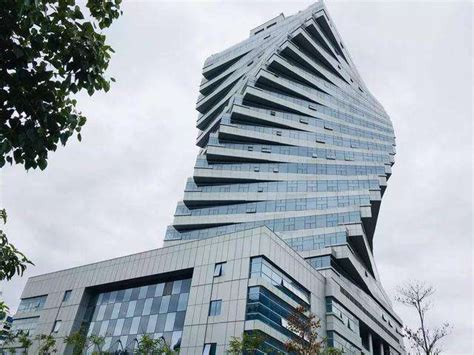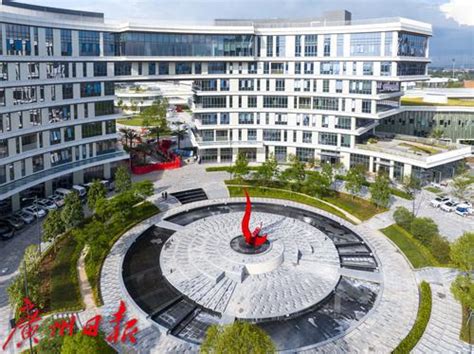斜拉建桥科技小制作材料
Title: Advancements in CableStayed Bridge Technology
Introduction
Cablestayed bridges represent a pinnacle in modern engineering, blending functionality with aesthetics. Their design allows for spanning vast distances while minimizing the use of materials, making them popular choices for crossing rivers, valleys, and urban landscapes. Within the realm of cablestayed bridge construction, advancements in technology continuously push the boundaries of what's possible, enhancing safety, durability, and efficiency. Let's explore some of the latest innovations in cablestayed bridge technology.
1. Advanced Materials
The evolution of materials has significantly influenced cablestayed bridge construction. Traditional materials like steel and concrete are being augmented with advanced composites such as carbon fiber and highstrength alloys. These materials offer superior strengthtoweight ratios, allowing for lighter yet stronger bridge components. Lighter materials reduce the load on support structures and foundations, leading to cost savings and increased durability.
2. Innovative Designs
Modern cablestayed bridge designs are pushing the limits of architectural ingenuity. Engineers are exploring unconventional geometries and structural configurations to achieve both functional and aesthetic goals. For example, single pylon designs are gaining popularity for their striking visual impact and structural efficiency. Additionally, asymmetrical cable arrangements and curved decks are being employed to optimize structural performance and enhance visual appeal.
3. Advanced Analysis and Simulation
The use of advanced computational tools and simulation techniques has revolutionized the design and analysis of cablestayed bridges. Finite element analysis (FEA), computational fluid dynamics (CFD), and structural optimization algorithms enable engineers to assess various design scenarios, predict structural behavior, and optimize bridge performance. These tools allow for more accurate predictions of bridge response to dynamic loads such as wind and traffic, ensuring enhanced safety and reliability.
4. Smart Monitoring Systems
The integration of smart monitoring systems is transforming how cablestayed bridges are managed and maintained. Sensor technologies embedded within bridge components continuously monitor structural health parameters such as strain, vibration, and corrosion. Realtime data collected from these sensors enable early detection of structural anomalies, facilitating proactive maintenance and reducing the risk of catastrophic failures. Furthermore, predictive analytics algorithms analyze historical data to forecast maintenance needs, optimizing operational efficiency and minimizing downtime.
5. Sustainable Practices
Sustainability is a key consideration in modern bridge construction. Engineers are incorporating sustainable practices throughout the lifecycle of cablestayed bridges, from design to decommissioning. Strategies such as using recycled materials, implementing energyefficient lighting systems, and integrating green spaces into bridge designs help minimize environmental impact and enhance the bridge's contribution to the surrounding ecosystem. Additionally, modular construction techniques and prefabrication methods reduce construction waste and minimize disruption to local environments.

Conclusion
The field of cablestayed bridge technology is experiencing a period of rapid innovation, driven by advancements in materials, design, analysis, monitoring, and sustainability practices. These innovations are not only pushing the boundaries of engineering excellence but also enhancing the safety, durability, and environmental sustainability of cablestayed bridges worldwide. As technology continues to evolve, we can expect even more groundbreaking developments in the field, further revolutionizing the way we design, build, and maintain these iconic structures.








